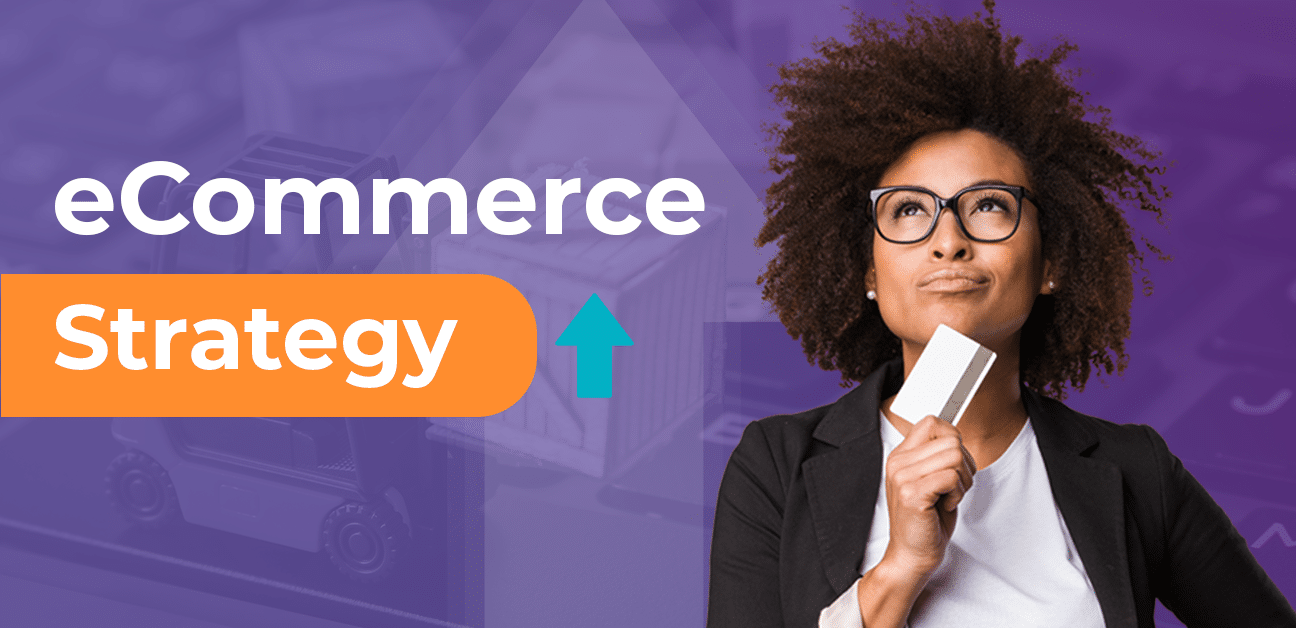
A robust eCommerce strategy is required for businesses that sell online. Especially nowadays, with the novel COVID-19 forcing many companies to go online. Even without the COVID-19 effect, eCommerce is a growing trend.
Another fact – eCommerce order volume has increased by almost 50% in the last 30 days!
If you don’t have a clear eCommerce strategy, then you risk your online business getting lost in the crowd.
In this article, we will describe everything related to eCommerce strategy, including what it is, how to develop a powerful eCommerce strategy, and how big brands are doing it correctly. Let’s start!
What Is an eCommerce Strategy?
eCommerce strategy is the ability of a business to sell online in an effective manner.
Under the eCommerce business strategy, goods are being sold electronically. The steps required to run an online store, the campaigns run to generate leads, the changes made in the site to offer an excellent user experience, and increase the overall order flow are all part of a powerful eCommerce strategy.
eCommerce strategy defines both your short-term and long-term business goals and involves careful planning. Depending on the resources available, your eCommerce strategy can be scaled.
For example, if you have a high budget, you can consider including paid ads in your strategy. If not, you can rely on organic search (SEO) to drive customers to your online store.
Why Is eCommerce Strategy Important?
An eCommerce strategy gives a structure to your business. It helps identify loopholes where customers leak out. This could be a slow loading website, navigation issues, delivery offers, incomplete product descriptions, and so on.
Having a winning eCommerce strategy is essential because:
- It gives your eCommerce store a vision and direction, enabling you to stay focused on your business goals.
- It helps identify the strengths and weaknesses of your online retail business.
- It increases the average order value by allowing you to up-sell and cross-sell.
- It helps acquire more customers through different channels, including social media and search engines.
- It allows you to offer the best possible customer experience by determining what best resonates with your consumers.
- It enhances your overall business operations by identifying the areas of improvement.
- It helps generate more revenue from existing customers by increasing purchase frequency.
How to Develop an eCommerce Strategy: 19 Action Items to Try
You need to adopt a comprehensive approach to scale your online sales.
Depending on your business goals, there are different eCommerce strategies that you can adopt. The ultimate aim of every strategy is to reach new customers using different channels of marketing and improve the order flow.
Let’s have a look at the most effective eCommerce strategies that can help you step up your game.
1- Define Your Niche Markets
Defining your company’s niche markets makes it easier to micro-target audiences with similar interests. Whatever your products are, determine your niche markets that you can penetrate online with exclusive offerings. This helps attract a more loyal customer base.
Another benefit of defining niche markets is that you can offer products that are different than most standard items within a category. Being unique and standing out can increase word-of-mouth marketing, thereby increasing sales.
2- Leverage Product Visualization
Product visualization helps your customers study every detail of a product and get a better understanding of the item without actually touching it.
This is great because it enables shoppers to make an informed decision, thereby reducing complaints and negative reviews.
It includes adding multiple high-quality images, product demo videos, along with zoom features. If possible, offer a 3D representation of products.
Skullcandy, for instance, has added images of the products from multiple angles along with how it looks in action.
This makes it easy for shoppers to gauge if the product is the right fit for them, thus increasing engagement while reducing return requests.
3- Create a Personalized Shopping Experience
The personalized shopping experience is all about showing individualized product recommendations, offers, and other content based on the users’ browsing history and past purchase history.
You can offer personalization by integrating a product recommendation engine on your website that tracks, analyzes, and suggests products based on the users’ behavior (search intent, history purchases, clicks, and more).
4- Encourage People to Leave Reviews
Product reviews can help build trust, improve credibility, and sell more products. Before purchasing, shoppers want to know if the item offers exactly what is outlined in the descriptions. Reviews help them gauge this.
But customers won’t come all by themselves to leave reviews. You’ll have to reach and encourage them.
Amazon does a great job of encouraging customers to leave reviews by sending follow up emails for each purchase.
Once you have collected all of your reviews it’s time to analyze them and use the insights in your favor. Tools like Revuze Explorer will help you analyze the reviews automatically and show you a clear view of any aspect of your products to learn what your customers thought of it so you can either change it (if the sentiment is negative) or amplify the success (if the sentiment is positive).
For a more concrete example, if a customer complains about the battery life of a phone, your product development team can use the feedback to improve the battery quality. Your customer success team can address this issue instantly by apologizing and offering to fix it.
Not only will this help you satisfy the customer, but it will also make the consumer loyal to your brand.
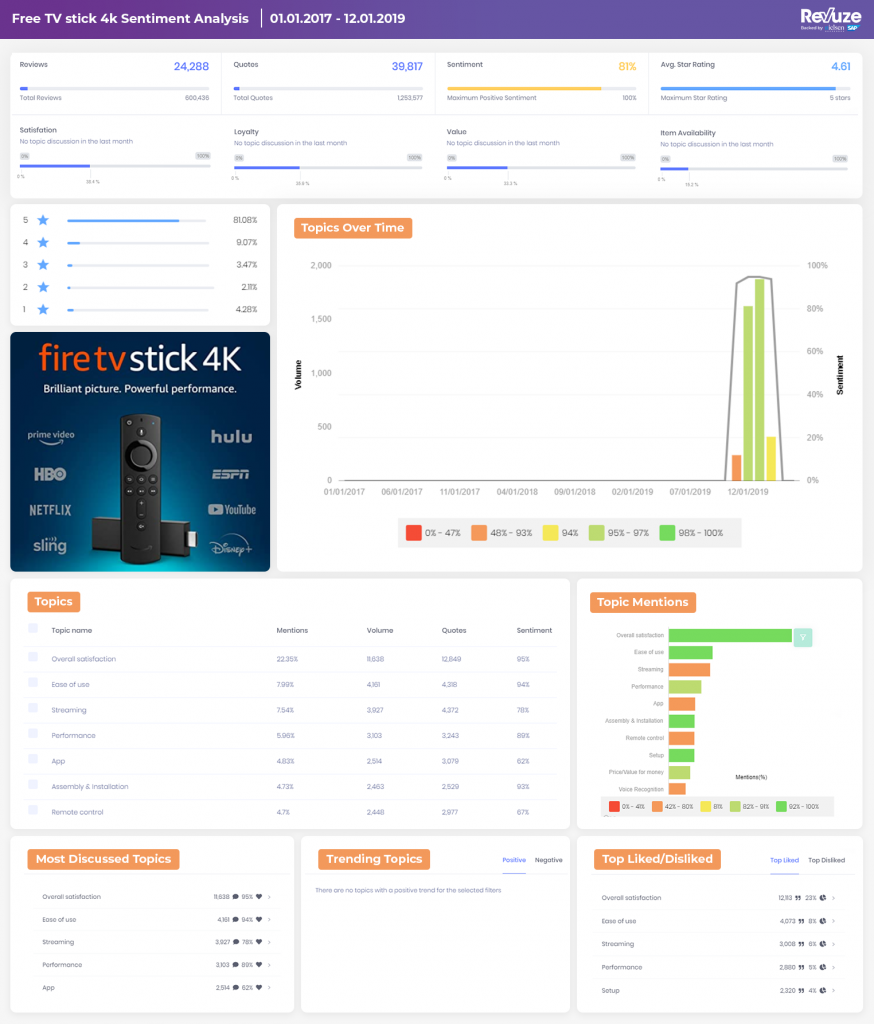
5- Provide an Enticing Browsing Experience
Site credibility, design, and navigation are key factors in attracting people to your store and getting them to come back. If it is hard for your customers to find the products they’re looking for, not only will they bounce back, but they won’t come back next time.
For example, you can add a search button with the most searched categories to make it easier for your customers to search for the products they want.
SHEIN, for instance, not only keeps enough light colors throughout their website, but they also have a search bar, which, when clicked, shows the most searched categories.
This shows customers what most people buy from SHEIN, thereby enticing them to check those categories.
6- Integrate Advanced Product Filtering In Your Site
Advanced product filtering allows your customers to sort items with similar characteristics through a wide array of product options.
Incorporate as many product attributes as you can. Not only will this make it easy for the customers to find the desired products, but it will also save plenty of time.
7- Offer More Delivery Options
Delivery is one of the most vital aspects of the eCommerce business.
Product delivery should be fast, convenient, and timely. If not, you risk losing a lot of customers because many online stores are already providing same-day or next-day delivery to entice customers.
You can charge an additional amount for the fast delivery option if you want. However, try to keep the delivery charge as low as possible. A high price might increase the checkout abandonment rate.
8- Start Content Marketing to Boost Brand Awareness
Content marketing is a great strategy to boost brand awareness and increase traffic.
For example, Drink Trade, an online coffee retailer, shares plenty of content related to coffee. The website ranks highly on topics related to coffee, such as “how to use a coffee maker”, “how to make pour-over coffee”, etc.
By creating great content, you can reach your customers at every stage of the buying journey. The five stages of the consumer journey are:
- Awareness
- Consideration
- Preference
- Action
- Loyalty
When you create content for every stage of the buyer journey, you increase your chances of sale and customer loyalty.
9- Offer Subscription Options
Subscription eCommerce is growing at a fast pace. Offering subscription options is a great way to generate recurring revenue. You’ll have a fair idea of how much you’re going to earn each month (though it will vary depending on how many new people subscribe and old ones unsubscribe).
Another benefit of offering subscription options is good retail margins. Since you know what products (and how many) you’ll sell the next month, you can optimize inventory, packaging, and shipping.
Onnit, a health food company, offers a monthly subscription box of almost all their products at a discounted rate to entice users into subscribing. Users can choose a purchase frequency at the time of buying the product.
10- Leverage Omni-Channel Marketing
There are several devices your customers might use when interacting with your business., Omnichannel marketing can help your business to remain prepared for this behavior of your customers.
Omnichannel marketing is all about offering customers a seamless and integrated shopping experience across platforms and devices.
To leverage omnichannel marketing, begin with collecting as much data about your customers as you can. Then segment them into smaller lists based on characteristics like personal information and shopping behavior.
Now, set up automation to trigger messages when a customer performs a specific action or goes through a period of time without any action. Marketing automation via omnichannel marketing allows you to target your customers at each stage of the customer journey. When you send relevant messages that match the needs of your customers, the chances of sale will increase.
11- Make Your eCommerce Platform Mobile-Friendly
Mobile commerce will see a growth of 25.5% in 2020, and the number is going to rise in the coming years. If your website isn’t mobile-friendly, you risk losing lots of customers.
Use Google’s Mobile-Friendly Test to ascertain if your eCommerce platform is prepared to handle mobile customers or not.
Ensure that your customers have the same shopping experience when browsing your site using mobile devices as they have with a desktop.
12- Offer Goods That Aren’t Available Elsewhere
Offering goods that are exclusive to your eCommerce store can give you extra exposure in the market, boosting your brand awareness.
Another benefit of offering goods that aren’t available elsewhere is that it increases word-of-mouth marketing, thereby enhancing your customer base.
If you can’t create exclusive items, then try partnering with other brands to sell their products on your website.
Walmart has a separate section for “Walmart exclusive pet brands”, where they sell pet products that aren’t available elsewhere.
13- Integrate Chatbots in Your Website
When it comes to enhancing user experience, chatbots can be your greatest weapon.
Chatbots help customers find the exact products they’re looking for and directly jump to the checkout page. According to SalesForce, 69% of consumers prefer to use chatbots for the speed at which they can communicate with a brand!
Another example, the chatbot of American Eagle asks if you’re looking for jeans, want to shop with a photo, or contact customer service. If you choose to buy jeans, the next question is, “women’s jeans” or “men’s jeans”. Depending on your choice, the chatbot will start showing suggestions.
Chatbots can answer specific questions of your customers, enabling them to purchase on the go. You can also use them to target shoppers who have items in their abandoned shopping carts, thereby increasing the chances of conversion.
14- Use Urgency and Scarcity to Drive Action
Urgency is all about offering limited-time deals, while scarcity is about highlighting the limited availability of stock.
Using urgency in your eCommerce website can increase sales by up to 226%.
Take Alibaba’s singles day sale, for instance. By offering lightning promotions and coupons, Alibaba reported sales activity totaling $38.4 billion in one day.
But it’s not only about special sales events, where you can use urgency and scarcity to drive action. It’s a growth hack you can use all the time.
Secret Sales, a designer brand outlet, uses countdown timers on product categories to add a sense of urgency. Discounts on all the sections are time-limited, and once it ends, you’ll have to purchase the product at its original price.
15- Build a Loyalty Program
Acquiring a customer is more expensive than retaining an existing one. Building a loyalty program gives your current customers more reasons to keep coming back.
When creating a loyalty program, you can offer :
- Discounts.
- Free products and giveaways.
- Vouchers and coupon codes.
- Early access to sales/newest products.
- Exclusive content and sales.
- Special offers on favorite items.
Sephora, for example, has a great loyalty program where customers earn points for every purchase and can then redeem it to get discounts, free shipping, or gifts.
16- Optimize Your Product Descriptions
Product descriptions are an often-neglected aspect of eCommerce business. It’s easy to add new products and copy the information provided by the manufacturer. However, you must avoid doing that.
Product descriptions help you highlight the best features of the item, allow you to integrate keywords (for SEO purpose), and reinforce your brand using your style of copy and content.
Dollar Shave Club, for instance, excels at writing unique product descriptions in their own style.
Make sure to provide every single detail about the product to pique your customers’ interests and entice them to purchase the product.
17- Offer Exclusive Deals to Encourage Action
Deals and discounts not only attract new customers, but it also helps retain existing customers. What’s more, is that it entices users to take action immediately.
Here is an example from ASOS offering 15% off to new customers. They have highlighted the offer on the top of the homepage.
UGG sends exclusive deals right to the inbox of their customers, encouraging them to visit and shop from their website.
Start creating deals you can offer to your new and existing customers while maintaining enough profits.
18- Create Offline Experience to Generate Excitement About Your Brand
Though eCommerce offers a lot of benefits to customers, many still prefer to visit the store and shop in person.
You might be an online-only brand, but you can deliver a great offline experience by running a pop-up shop (temporary store) in your neighborhood.
The Natori Company, a women’s products company, opened a pop-up store for over a month in various Bloomingdale’s locations to help spread the word about their business and connect directly with their customers.
If pop-up stores are not your thing, you can find different ways to deliver offline experiences.
Bourbon Plus, an alcohol brand, sends four magazines to its customers every year. These magazines feature stories of the farmers who grow the grain, the distillers, and the people who drink it.
This is an excellent way to leave a great impression in the mind of your customers.
19- Explore Partnerships to Boost Brand Awareness
Partnering with other businesses that have complementary audiences such as yours can help to improve profits instantly.
For example, if you sell stationery products, a school or college could be a good partner. If you sell health and fitness products, gyms and sports clubs could help you promote your business.
20- Tap Into Instagram Shopping
Lots of people use social media to find product ideas. By allowing them to purchase the product directly through the platform, you increase the chances of conversion.
Instagram launched the Shopping feature back in 2018 that allows customers to buy products without leaving the platform.
Similar to regular posts, you choose a photo, and tag it with products to let people browse and purchase products on Instagram.
The Pink Lily Boutique makes the most out of Instagram Shopping by tagging products on almost all of the photos they share.
How to Measure eCommerce Strategy Results?
Measuring the effectiveness of your eCommerce strategy is important. Unless you know what’s working and what’s not, you can’t make positive changes in it.
Here are the metrics you need to track to measure the success of your eCommerce strategy.
1- Bottom Line Net Profit
To attain your bottom line net profit, make sure to subtract all the expenses, such as shipping, cost of goods, inventory management, your employees’ salary, and any tool that you’re using to manage your website.
Compare the current profit amount with what it was before you implemented these strategies? If both the numbers are close, then you would want to optimize the tactics for better results.
For example, if your expenses (cost of goods, inventory management, etc.) for one month amounts to $4,500, and revenue generated is $6,000. Then your bottom line net profit is $1,500 ($6,000 – $4,500).
2- Conversion Rate
You can calculate the conversion rate by dividing the total number of sales by the total number of sessions to your website.
You can check your conversion rate in your Google Analytics account.
Open Google Analytics, click on eCommerce under Conversions and then select Overview.
Change the date to compare the current conversion rate with the previous period.
The average eCommerce conversion rate in the US is 2.63%. If the conversion rate of your online shop is higher than that, then you’re in a good position.
3- Cart Abandonment Rate
The cart abandonment rate is the percentage of visitors who have products in their shopping cart but they leave without completing the purchase.
You can calculate the cart abandonment rate by dividing the total number of purchases by the total number of shopping carts created.
The average cart abandonment percentage is 69.57%. If the cart abandonment rate of your online store is higher than this, then it is a sign that you need to optimize your checkout process.
4- Organic Search Traffic
Organic search traffic refers to the number of people who visited your website through search engines.
You can see this data in your Google Analytics account.
Open Google Analytics, click on All Traffic under Acquisition. Then click on Sources/Medium. It will show you how many people visit your website from different channels.
Compare the result with the previous period to see if there’s an increase in the numbers. If not, you would like to review your strategies like SEO and content marketing.
5- Cost per acquisition
Cost per acquisition is the amount you spend to acquire a new customer. It is measured by dividing the total marketing spend with the number of new customers acquired. It helps you determine if your acquisition strategy needs to be revised.
For example, if you spend $1,000 per month on marketing (including paid ads, content marketing, and other strategies), and acquire 50 customers. Then, your cost per acquisition is 1000/50 = $20. This means you need to spend $20 to acquire one customer.
6- Net Promoter Score
The net promoter score helps measure customer satisfaction. It also helps analyze customer loyalty.
The net promoter score can be measured through online reviews. For example, the customers are asked to rate your services on a scale of 0-10.
- If they gave a score between 0 and 6, they probably didn’t like the service.
- If they gave a score of 7 or 8, they’re satisfied with the brand but might leave you for a better service.
- If they gave a score of 9 or 10, they’re likely to be associated with your brand for long. They’ll also probably recommend your brand to your friends and colleagues.
Another way to measure the net promoter score is by using tools like Revuze.
Revuze analyzes all the reviews (from multiple sources, like Amazon, Call Centers, social networks & more) and marks them under different categories, such as overall satisfaction, sentiment, average star rating, and more.
eCommerce Strategy Secrets From Big Brands
Some big brands have mastered their eCommerce strategy. When it comes to quality, performance, design, and popularity, these brands have left behind all other retailers in the market. Let’s have a look at their strategy that makes them stand out in the crowd.
Nike eCommerce Strategy
Incorporated in 1969, Nike has now become a household name in many countries. Though they sell various sportswear products, they’re particularly famous for their stylish and durable shoes.
When it comes to their eCommerce strategy, they give more weightage to influencer marketing. Nike collaborates with various celebrities, including Neymar, Ronaldo, Ronaldinho, Tiger Woods, Roger Federer, and Rory Mcllroy.
In 2015, the partnership with Ronaldo helped Nike generate over $474 million.
This not only boosted their brand awareness but also helped them target their ideal customers, i.e., sportsmen.
Adidas eCommerce Strategy
Founded in 1924, Adidas spends 90% of its marketing budget on digital marketing campaigns. They try to interact with their customers to create enthusiasm and excitement about their brand on a personal level.
Adidas has a robust presence on social media platforms, including Instagram and YouTube. They publish tons of videos highlighting the advantages of using their products.
The company is now working on creating new mobile and web apps to refine its digital experience. The new apps also aim to nurture the brand’s relationship with customers in the digital world.
NB eCommerce Strategy
Launched in 1906, New Balance is a premium-shoe and fitness apparel brand. Unlike Nike, New Balance avoids celebrity endorsement. Instead, they collaborate with lesser-known athletes to highlight substance.
New Balance runs promotions regularly to micro-target its customers. For instance, they launched a campaign during winter. The ad copy read, “Cold temp sale. If Below Freezing, save 15%. If Below 0, save 20%”. The ad was targeted to people living in cold areas.
The ads reached 136,541 people and generated more than $5000 in sales.
Similarly, they launched another campaign targeting people who serve the US, such as military men, law enforcement, fire, and EMT’s.
These ads generated around 200 coupons, and in just two months, NB’s email list grew by more than 10%.
Under Armour eCommerce Strategy
Established in 1996, Under Armour makes sports apparel, shoes, and accessories.
Under Armour invests in Instagram Shopping to let users shop directly from the platform.
They recently launched their podcast – “The Only Way Is Through” to boost brand awareness. Each episode of the podcast features some of the world’s most compelling athletes, their coaches, and other popular figures.
This is great because people would get to know the athletes’ journey and other things that contributed to their success. From the brand’s perspective, it helps them reach a wider audience and increase sales.
Reebok eCommerce Strategy
Launched in 1958, Reebok is a footwear and apparel company.
Reebok focuses on creating consumer-focused events, such as the Reebok Spartan Race and the annual Crossfit Games. They tie these events to their social media presence, thereby bringing communities of people together and introducing them to their brand.
They also launched a loyalty program to retain their customers. Shoppers earn points by buying products, writing reviews, and attending events organized by Reebok. This encourages their customers to engage with the brand regularly.
Conclusion
An eCommerce strategy helps you stand out from the crowd and increase your sales. Make sure to implement as many strategies as possible to enhance the likelihood of boosting your revenues. Last but not the least, don’t forget to measure the results so that you know which campaigns to stop or which channels to target more to acquire new customers.
 All
Articles
All
Articles Email
Analytics
Email
Analytics




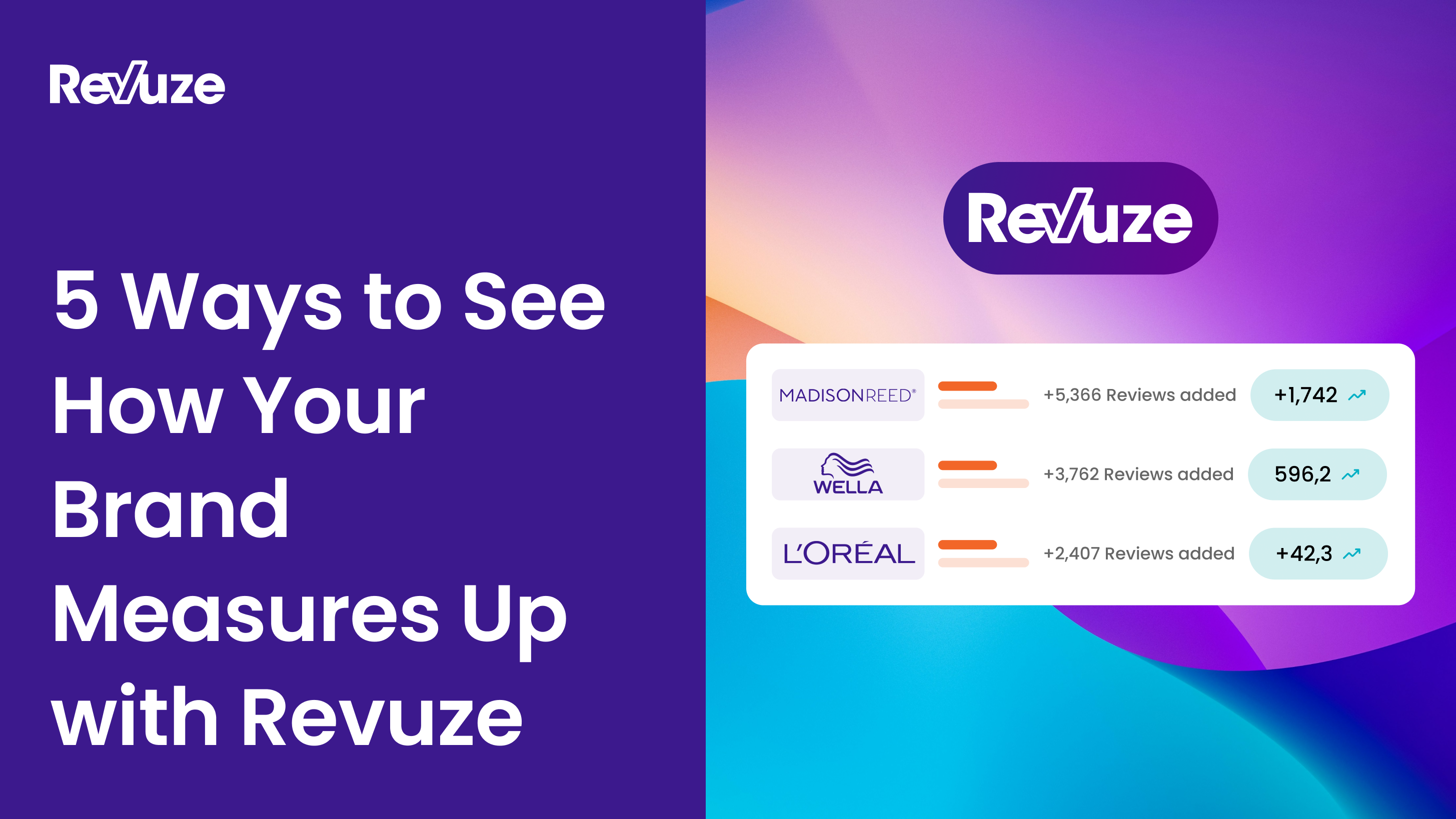

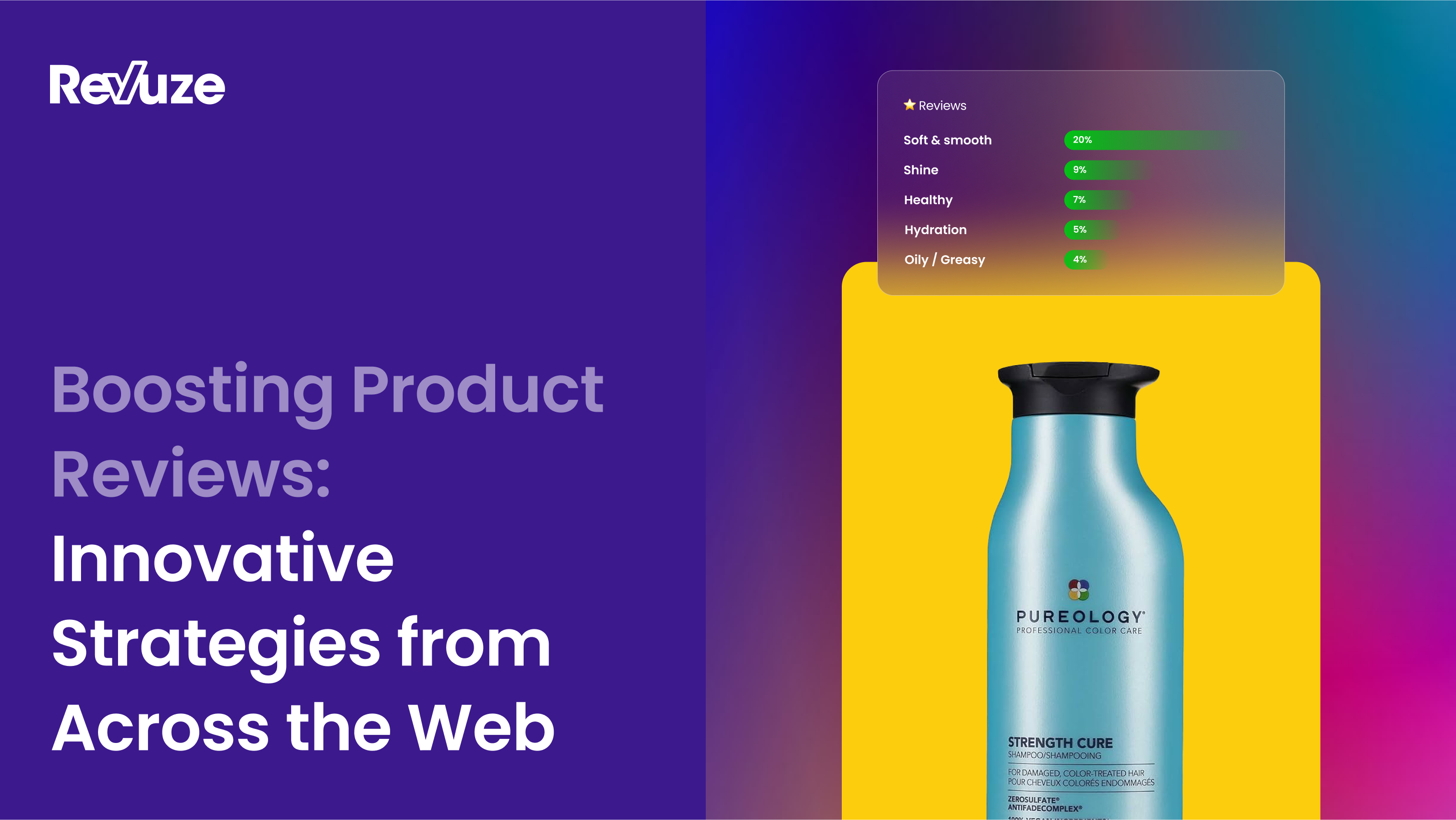
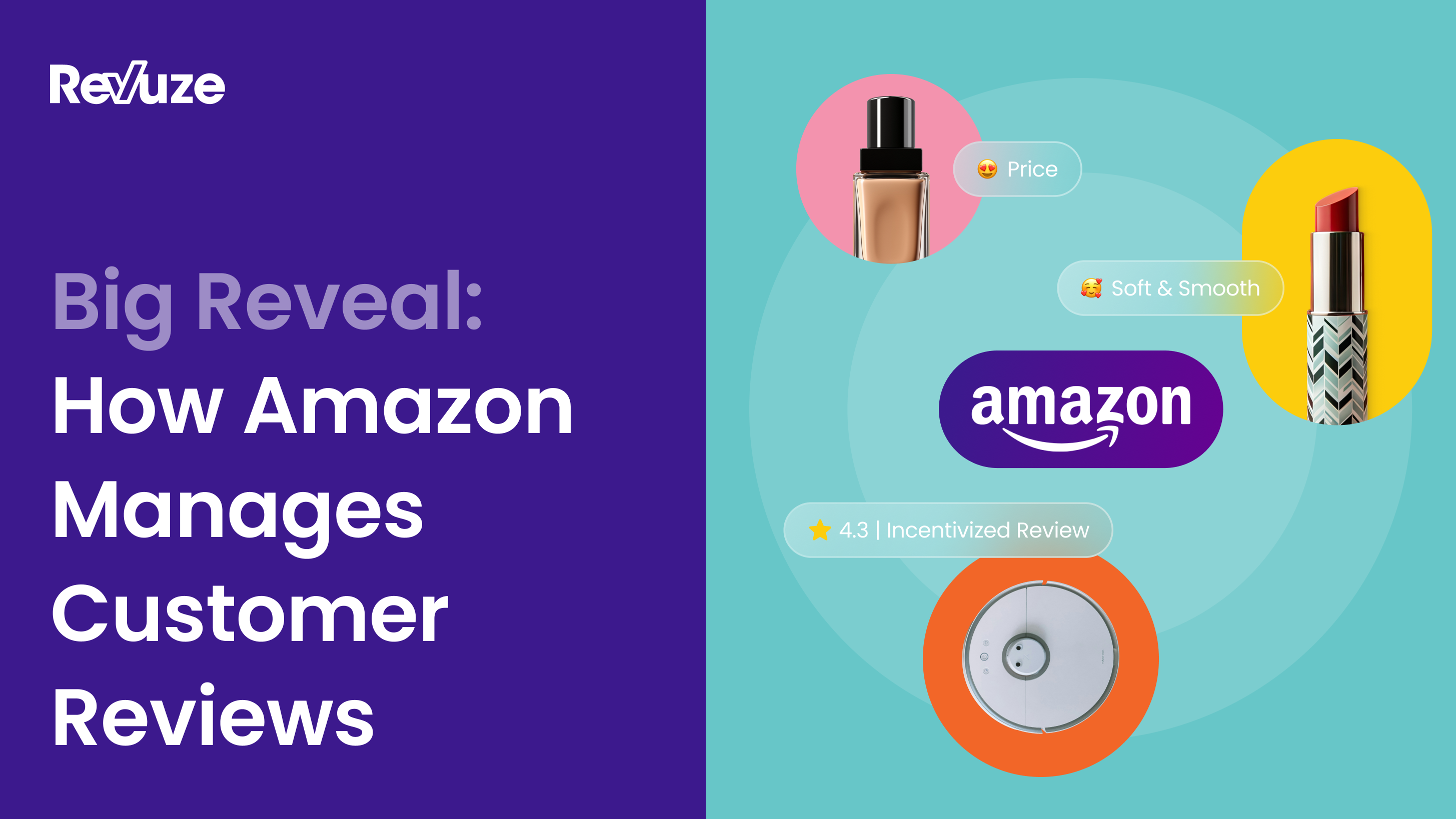
 Agencies
Insights
Agencies
Insights